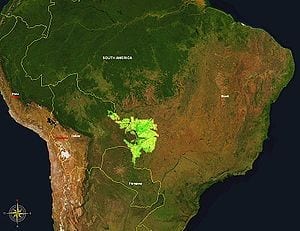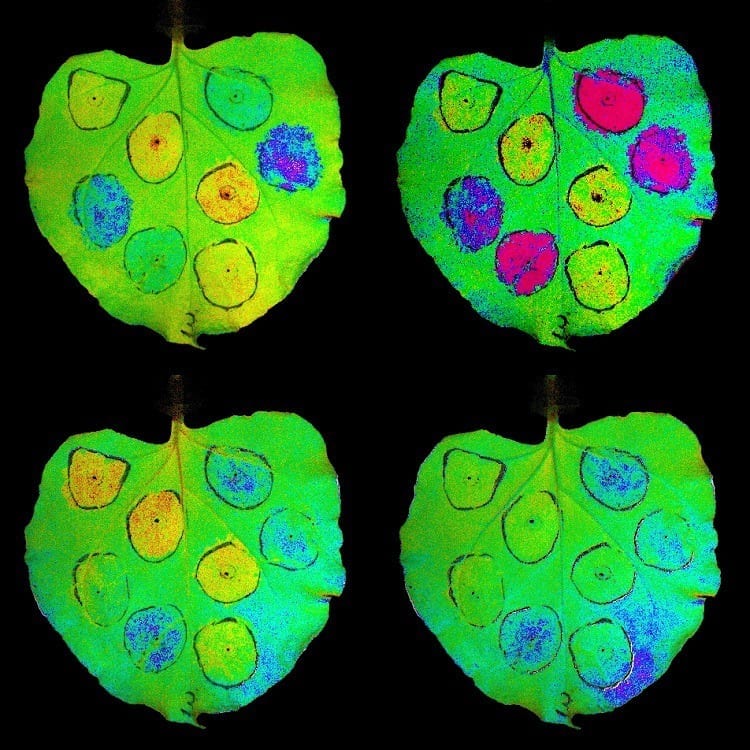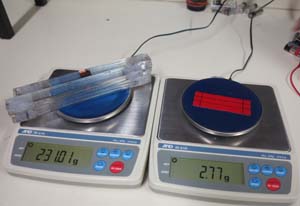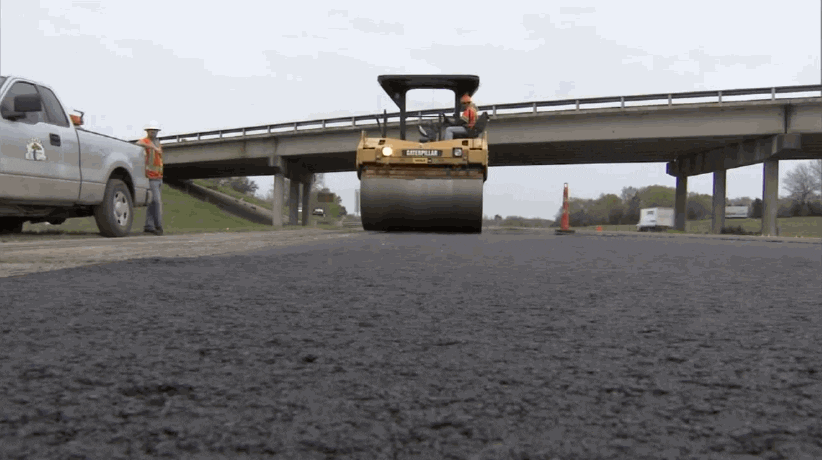
One of the world’s major producers of food needs to adapt its farming practices for climate change
Higher temperatures, drastic changes in rainfall, lower productivity, more blight and disease – these are just some of the expected consequences of climate change in Brazil if the projections of 345 scientists who make up the Brazilian Panel on Climate Change (PBMC) prove true.
They predict that if present trends in greenhouse gas emissions continue, average temperatures in Brazil will be 3 to 6 degrees Celsius higher by 2100 than they were at the end of the 20th century.
Rainfall patterns could change drastically, increasing by up to 30 percent in the South and Southeast, while diminishing by up to 40 percent in the North and Northeast.
The forecasts, based on research over the last six years, are contained in a report that provides the most complete diagnosis yet of the future tendencies of the Brazilian climate.
The report will be presented at Brazil’s first national conference on global climate change, to be held in São Paulo from September 9 to 13 and organized by the publicly-funded São Paulo Research Foundation. The data will then be included in the fifth report of the Intergovernmental Panel on Climate Change, to be released two weeks later.
‘A bit crazy’
The changes in temperature and rainfall will not be confined to Brazil, the largest country in South America, but will also affect neighboring countries.
“With the exception of Chile’s central and southern coast, where the last decades have seen a cooling, there will be a rise in temperature in all the other regions of South America,” said Jose Marengo, a climate scientist at Brazil’s National Institute for Space Research who uses regional climate models to develop projections for the future.
“There is a feeling that the seasons have become a bit crazy, with more frequent extremes of climate.”
Tornados, once a rare occurrence, will become more frequent. Big and medium-sized cities will become hotter, with altered rain patterns. Rainfall in the Amazon region and in the semi-arid Northeast could fall by 40 percent, whereas in the South and Southeast it could increase by 30 percent.
For the cerrado savanna region of the central plateau, a major cereal growing area, and the wetlands of the Pantanal, climate models also indicate significant changes, although the reliability of these projections is lower.
Little awareness
All these changes will have a dramatic effect on harvests in one of the world’s major food producing countries, but Brazil’s farmers have so far shown little awareness of the problems in store, and consequently have not begun to adapt to the changing climate. Monocultures continue to expand, advancing into the Amazon region and taking over the cerrado.
“We must act now to avoid a worsening situation,” warned Eduardo Assad, one of the PBMC researchers, who works for Embrapa, the Brazilian Agricultural Research Corporation.
The Latest Bing News on:
Crop Productivity
- Wisconsin tart cherry production declines in 2023on May 8, 2024 at 4:34 am
A recent report by the USDA's National Agricultural Statistics Service indicates a decrease in Wisconsin's tart cherry production for 2023. The state's tart cherry output totaled 10.0 million pounds, ...
- Manor Lords: Best Crops To Prioritize While Farming, Rankedon May 7, 2024 at 2:56 pm
Choosing which crops to grow in Manor Lords is a tough and strategic decision. This list highlights which crops are the best!
- South America weather extremes are impacting crop productionon May 7, 2024 at 1:05 pm
A meteorologist says weather extremes in South America will likely reduce yields in key production areas. Eric Snodgrass with Nutrien Ag Solutions tells Brownfield northern Brazil’s monsoon season ...
- Wheat crop shaping up better than past two years, but prices are lowon May 7, 2024 at 12:25 pm
Wheat production across Texas looks better than in years past, providing producers some optimism despite low wheat prices. Texas A&M AgriLife Extension Service specialists said several opportunities c ...
- Crop progress: Corn plantings more than one-third completeon May 7, 2024 at 8:04 am
Corn plantings reached 36% completion through Sunday, up from 27% in the prior week. Analysts were generally expecting to see more progress after offering an average trade guess of 39%. That leaves ...
- Crop Insurance Provides a Critical ROI for Taxpayerson May 7, 2024 at 6:56 am
As the U.S. navigates an increasingly uncertain future, improving and enhancing crop insurance through passage of a new five-year farm bill is essential for safeguarding the livelihoods of farmers, ...
- Better production practices key to minimising impact of vegetable oils – IUCN reporton May 7, 2024 at 2:01 am
A new report from the IUCN Oil Crops Taskforce, released today, assesses the future environmental, economic and social impact of the production, trade and the consumption of vegetable oils. The Task ...
- Identifying priorities to leverage smart digital technologies for sustainable crop productionon May 6, 2024 at 12:40 pm
Drones monitoring fields for weeds and robots targeting and treating crop diseases may sound like science fiction but is actually happening already, at least on some experimental farms. Researchers ...
- How ancient Amazonians transformed a toxic crop into a diet stapleon May 5, 2024 at 12:33 pm
Indigenous people devised a complex, multistep process of detoxification. The three staple crops dominating modern diets — corn, rice and wheat — are familiar to Americans. However, another top crop ...
- Seventy Percent Lower Crop Yields Without Pesticideson May 3, 2024 at 11:59 am
CropLife America commissioned the University of Arkansas to conduct a three-year assessment that evaluates the environmental benefits and impacts of pesticide application on corn, cotton, and soybeans ...
The Latest Google Headlines on:
Crop Productivity
[google_news title=”” keyword=”Crop Productivity” num_posts=”10″ blurb_length=”0″ show_thumb=”left”]
The Latest Bing News on:
Farming practices
- Mengniu and Bel Group to Jointly Promote Sustainable Development Practices Across the Sino-French Dairy Industryon May 8, 2024 at 5:56 am
China Mengniu Dairy Company Limited ("Mengniu" or the "Group") (HKEX: 2319) and The Bel Group, a world leader in branded cheese and a major global food player, officially signed a "Sustainable ...
- New report identifies fruits and vegetables laden with pesticides despite agricultural regulations: 'It's two steps forward and one step back'on May 8, 2024 at 3:45 am
Pesticides, while instrumental in protecting crops from pests and diseases, can have harmful effects on both human health and the environment. New report identifies fruits and vegetables laden with ...
- The Department of Agriculture Rubber-Stamped Tyson’s “Climate Friendly” Beef, but No One Has Seen the Data Behind the Company’s Claimon May 8, 2024 at 2:01 am
As millions of taxpayer dollars flow to livestock companies claiming to raise “low carbon” beef, watchdog groups scrutinize the government’s oversight.
- UC SAREP funds 8 sustainable food and farming projectson May 7, 2024 at 3:19 pm
Projects will support socially disadvantaged farmers, increase urban access to healthy food and more. The UC Sustainable Agriculture Research & Education Program (SAREP) is please ...
- Changing farming practices could cut almost a third of global emissionson May 7, 2024 at 8:45 am
Changing the way food is produced around the world could significantly reduce greenhouse gas emissions by the end of the decade, the World Bank said Monday. The so-called agrifood industry is ...
- Changing How We Farm Might Protect Wild Mammals—and Fight Climate Changeon May 6, 2024 at 2:00 am
Nearly a quarter of U.S. mammal species are on the endangered species list. Researchers say farming with biodiversity in mind may help stave off further decline.
- Changing Farming Practices Could Cut Almost One Third Of Global Emissions: World Bankon May 5, 2024 at 5:00 pm
The report said middle-income countries should look to make a number of changes, including moving to low-emissions livestock practices and making more ... should consider cutting some of their ...
- Team evaluates agricultural management practices in new nitrous oxide accounting methodon May 2, 2024 at 1:58 pm
As greenhouse gases go, nitrous oxide (N2O) is a doozy. With a global warming potential 273 times that of carbon dioxide, mitigating N2O could make a big difference. But before mitigation can happen, ...
- Ancient farm practice could help sustain future humans on Marson May 1, 2024 at 11:00 am
This ancient agricultural technique may increase yields of some plants on the Red Planet.
- Farm Loan Programs can be used for climate-smart agriculture practiceson May 1, 2024 at 6:01 am
The USDA's Farm Service Agency reminds agricultural producers that Farm Loan Programs can be used to support a variety of climate-smart agriculture practices, which build on many practices that ...
The Latest Google Headlines on:
Farming practices
[google_news title=”” keyword=”farming practices” num_posts=”10″ blurb_length=”0″ show_thumb=”left”]










